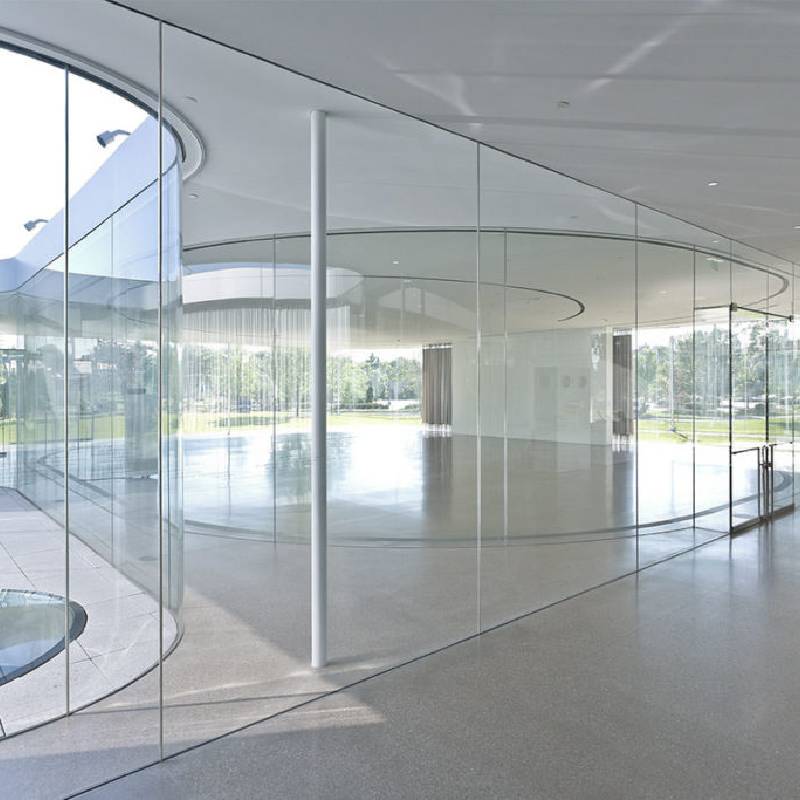

Understanding the Cost of Low-E Glass per Square Foot
Low-emissivity (low-E) glass has become a popular choice for homeowners and builders alike due to its energy efficiency and ability to enhance comfort in living spaces. This type of glass is designed to reflect infrared light, keeping heat inside during the winter and outside during the summer. As energy costs continue to rise, the demand for low-E glass has surged, driving many to consider its installation in new constructions and renovations. However, a critical factor that often comes into play is the cost of low-E glass per square foot.
Understanding the Cost of Low-E Glass per Square Foot
On average, the cost of low-E glass ranges from $15 to $30 per square foot, depending on various elements. Installation expenses, which can vary based on regional labor rates and the complexity of the installation process, also play a crucial role in the overall expenditure. Additional features, such as double or triple glazing, gas fills like argon or krypton, and specialized framing materials can further influence the total cost.

Homeowners should also consider the long-term savings that low-E glass offers. While the initial investment might seem considerable, low-E glass can significantly reduce heating and cooling costs, leading to substantial energy savings over time. On average, energy-efficient windows can help reduce energy bills by about 15%-20%. This aspect highlights the value of low-E glass, as investing more upfront can pay off in the long run.
Furthermore, it’s essential to factor in potential state tax credits, rebates, and incentives aimed at encouraging energy-efficient home improvements. These financial incentives can help offset the cost of purchasing and installing low-E glass, making it a more economical decision.
Moreover, the environmental impact cannot be overlooked. By choosing low-E glass, homeowners contribute to reducing their carbon footprint, as energy-efficient homes demand less heating and cooling. This responsible choice aligns with the growing trend of sustainable living and construction practices.
In conclusion, while the upfront cost of low-E glass per square foot may appear high, it’s essential to view this investment through the lens of energy savings, comfort, and environmental impact. With energy prices expected to continue rising, the benefits of low-E glass, both economically and environmentally, are likely to grow. Homeowners considering this upgrade should conduct thorough research and consult with professionals to determine the best options that fit their needs and budgets, ultimately realizing that in the long run, low-E glass can be a sound investment for both the wallet and the planet.